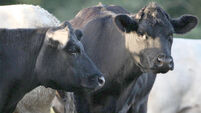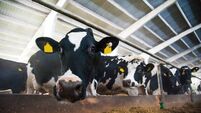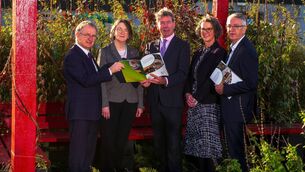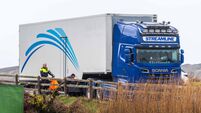Milk message gets through
For the past year, Irish dairy farmers have condemned the cut after cut made by the Commission in EU dairy product market support.
A belated response can be expected, now that the Commission’s policy is starting to bite on the continent, and the COPA and COGECA farmers and co-ops organisations in the EU have called for a new approach, after the next Mid Term Review intervention price cut, on July 1.










